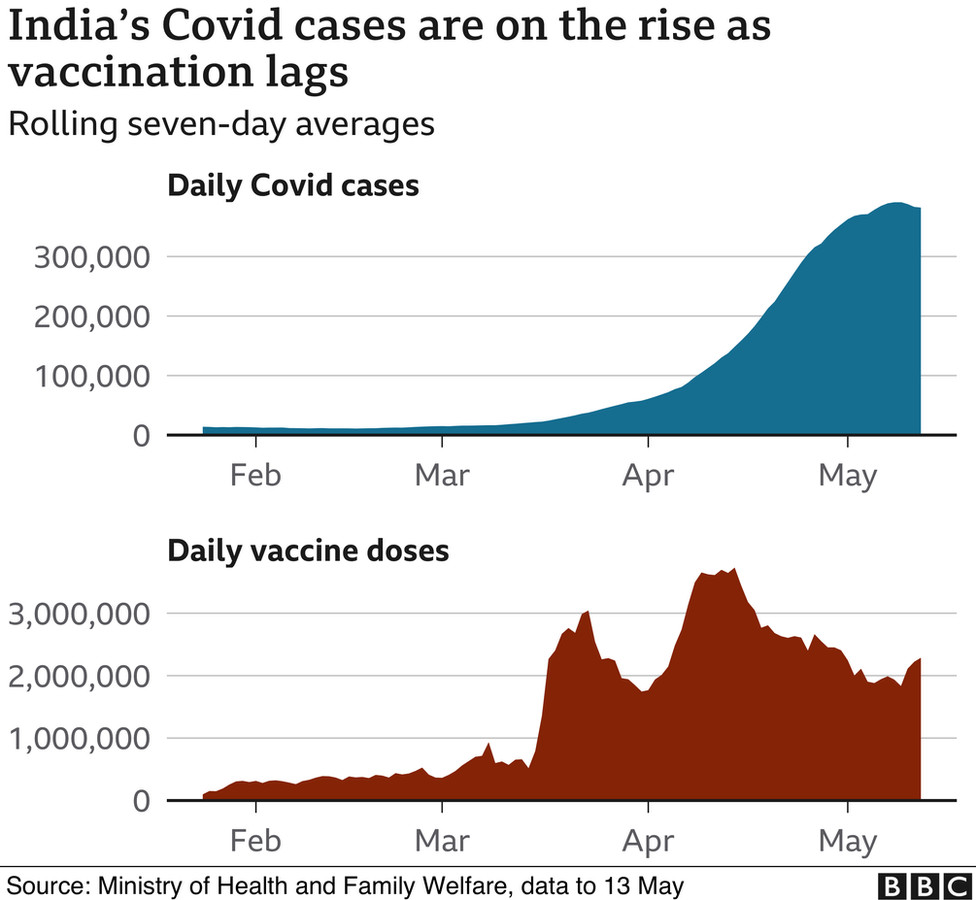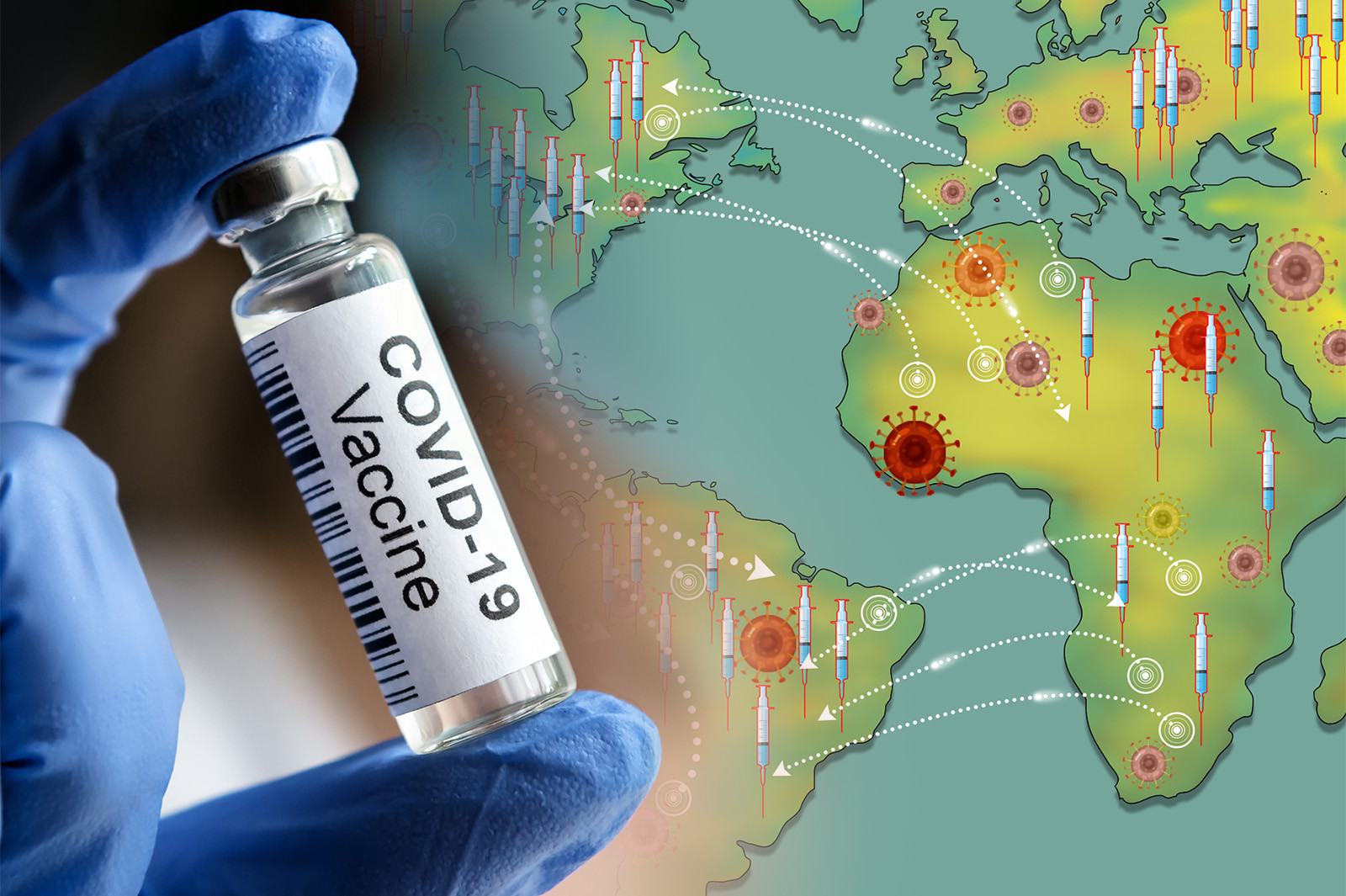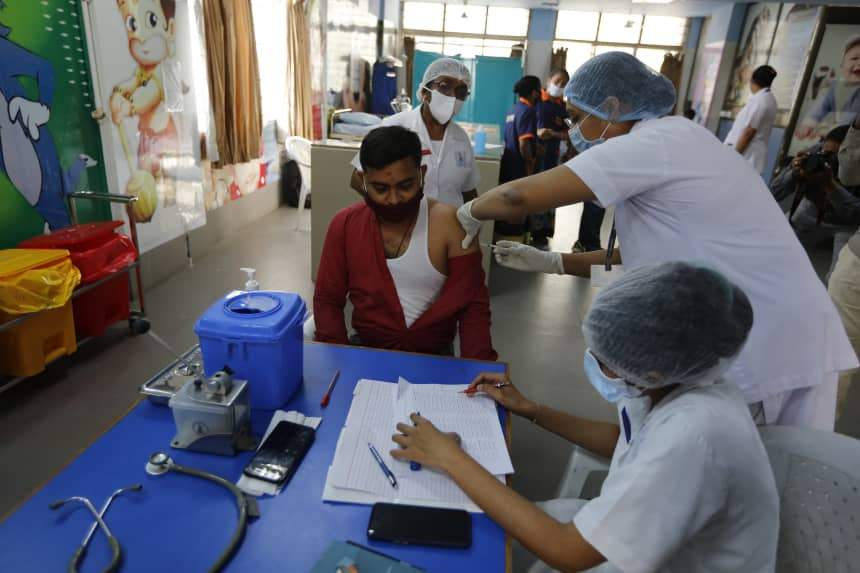ASEAN's Vaccine Drive: A Triumph Against COVID-19 or a Missed Opportunity?
The COVID-19 pandemic presented an unprecedented challenge to the Association of Southeast Asian Nations (ASEAN), testing the resilience of its healthcare systems and the effectiveness of regional cooperation. Central to this challenge was the procurement and distribution of COVID-19 vaccines, a critical element in mitigating the pandemic's devastating impact on the region's population and economies. Did ASEAN succeed in its vaccination drive? Was it a triumph or a missed opportunity? This article delves into the complexities of ASEAN's vaccine rollout, examining both its achievements and shortcomings.
Regional Cooperation and Vaccine Procurement
ASEAN's response to the pandemic was characterized by a mix of cooperation and national approaches. While the bloc aimed for a coordinated strategy, the diversity of its members' healthcare capacities and economic conditions led to varying outcomes. The initial stages of vaccine procurement were marked by competition among member states, reflecting national priorities and the global scramble for limited supplies. This uneven distribution highlighted the challenges inherent in achieving true regional solidarity. The establishment of the ASEAN COVID-19 Response Fund aided in facilitating vaccine access, but its impact remained limited due to insufficient resources and the complexities of coordinating across disparate national systems. The ASEAN Secretariat, in conjunction with the WHO, played a crucial role in facilitating information exchange and providing technical assistance, but their influence was overshadowed by the individual country responses. A more unified and equitable approach could have potentially enhanced the effectiveness of vaccine procurement across the region.
The Role of External Partnerships
The involvement of external partners, such as COVAX and bilateral agreements with vaccine-producing countries, proved crucial in supplementing ASEAN's own efforts. However, reliance on external sources underscored the region's dependence and the need for greater self-reliance in future pandemic responses. The uneven distribution of vaccines across ASEAN member states reflected differences in negotiating power and access to global vaccine supplies. Countries with stronger economic ties and diplomatic influence secured favorable deals, while smaller or less influential nations faced significant challenges in accessing vaccines in a timely manner. These disparities highlight the urgent need for equitable distribution mechanisms that prioritize the needs of all ASEAN members, regardless of their economic strength or political standing. The disparity in access created a ripple effect, increasing the risk of the virus spreading across borders, highlighting the need for a collective strategy.
Vaccine Deployment and Distribution Challenges
Even with vaccines secured, ASEAN faced significant hurdles in their deployment and distribution. Logistical challenges, such as inadequate cold chain infrastructure in certain areas, posed significant impediments to reaching remote and underserved populations. Limited healthcare capacity, including insufficient healthcare workers and inadequate healthcare facilities, further compounded the challenges. The complex task of vaccine rollout was further complicated by varying levels of vaccine hesitancy across member states. Public health communication campaigns aimed at dispelling myths and fostering confidence in vaccines played a crucial role, but their effectiveness varied widely depending on local contexts and existing levels of trust in health authorities. Efforts to ensure equitable distribution were hampered by logistical challenges and uneven healthcare capacity across the region, with some countries faring better than others.
Strengthening Healthcare Systems
The pandemic exposed significant weaknesses in ASEAN's healthcare infrastructure and preparedness. The experience highlighted the critical need for increased investment in healthcare infrastructure and capacity building to improve the region's ability to respond to future health crises. In addition, the pandemic exposed the need for robust health information systems and surveillance mechanisms to effectively monitor and respond to outbreaks, alongside strengthened public health communication strategies to effectively engage and inform the public. These improvements are essential for any future public health response and for ensuring equitable access to vaccines during a pandemic. These investments are necessary not only for ensuring swift vaccine deployment but also for building a more resilient and robust healthcare system overall.
Lessons Learned and the Path Forward: Building a Resilient ASEAN
The COVID-19 pandemic served as a stark reminder of the interconnectedness of the ASEAN region and the importance of collaborative efforts in tackling global health challenges. The vaccine rollout highlighted both the successes and the shortcomings of regional cooperation. While the challenges were substantial, the response also showcased instances of remarkable collaboration and resilience. The experience underscores the critical need for a more coordinated and robust approach to pandemic preparedness, including strengthening healthcare systems, enhancing vaccine production capacity, and promoting equitable access to vaccines and other essential resources. Investing in robust surveillance mechanisms and public health communication strategies is key to enhancing the resilience of the region's healthcare systems. The lessons learned can inform future strategies for pandemic preparedness and response.
The ASEAN Vaccine Capacity Survey (AVCS) Assessment Report provides a detailed overview of the vaccination efforts and the challenges faced. The analysis of the data within the report highlights both the achievements and shortcomings of the vaccine rollout. This data is crucial for informing future strategies and investments in pandemic preparedness. Strengthening collaboration with external partners, while simultaneously fostering self-reliance, will be crucial in mitigating future health crises. Only through sustained investment, commitment to regional collaboration, and a comprehensive approach can ASEAN effectively prevent future pandemics from devastating the region again. ASEAN needs to establish robust mechanisms to support its members, ensuring that all states, regardless of their size or economic capabilities, have equal access to resources and support during public health crises. This collective response will ultimately contribute to the prosperity and stability of the entire region. This is vital for ensuring a secure and healthy future for the people of Southeast Asia. The future of ASEAN hinges on effectively addressing these issues to ensure the health and well-being of its citizens.



















